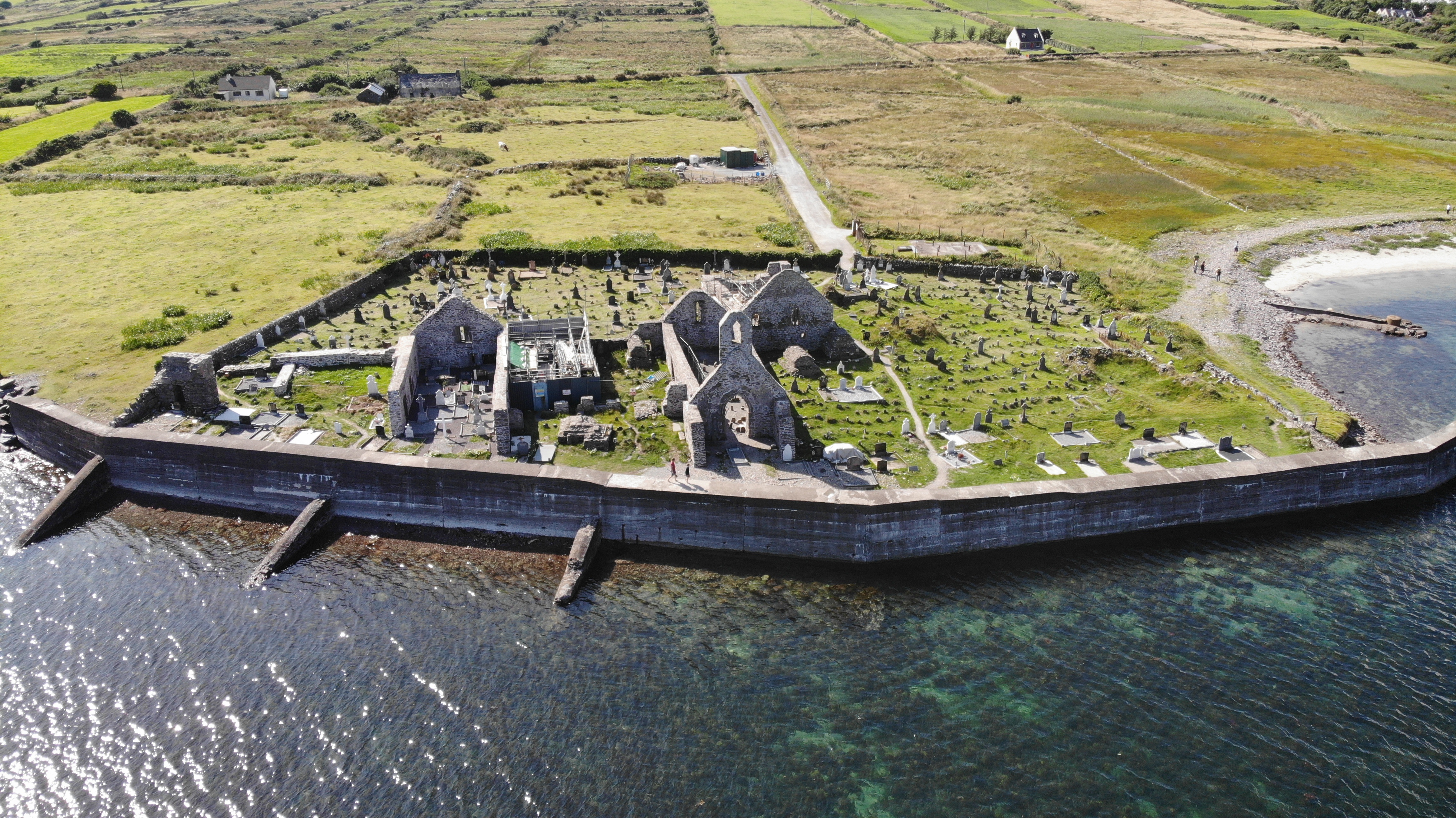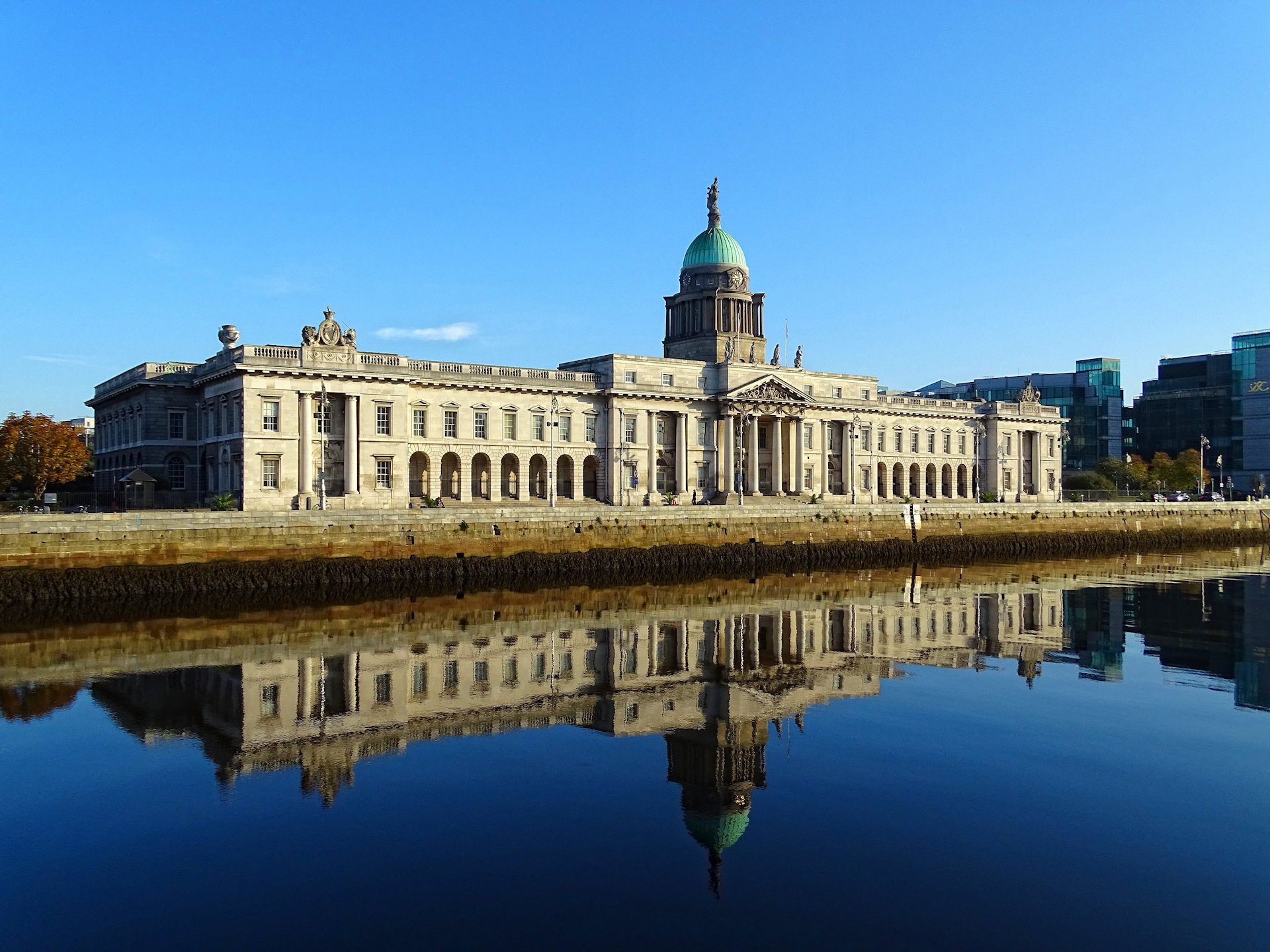|
Ballinskelligs Castle
Ballinskelligs Castle is a castle located near Ballinskelligs on the Iveragh Peninsula in Kerry, Ireland Ireland ( ; ga, Éire ; Ulster Scots dialect, Ulster-Scots: ) is an island in the Atlantic Ocean, North Atlantic Ocean, in Northwestern Europe, north-western Europe. It is separated from Great Britain to its east by the North Channel (Grea .... The castle is situated on the western shore of Ballinskelligs Bay, on a narrow promontory which is subject to heavy erosion. The castle was constructed by the MacCarthy Mórs in the 16th century to protect the bay from pirates, and possibly in order to charge a tariff on incoming trade vessels. References Castles in County Kerry {{Kerry-geo-stub ... [...More Info...] [...Related Items...] OR: [Wikipedia] [Google] [Baidu] |
Ballinskelligs
Ballinskelligs, officially (Irish for "town (townland) of the craggy rock"), is a townland in the civil parish of Prior, County Kerry, Ireland. It may also refer to the wider district around the townland. It is located in the south-west of the Iveragh peninsula (''Uíbh Ráthach'') and is within the Gaeltacht. According to the 2016 census about 10% of the population of the electoral division speak Irish on a daily basis outside the education system.The townland was in the Poor law union of Cahersiveen. The rock(s) referred to in the area’s Irish name are the Skellig Islands—Skellig Michael and Little Skellig—an ancient monastic colony which lies off the coast from Ballinskelligs. The town is also the site of a beach.Lord Killanin and Michael V. Duignan: ''The Shell Guide to Ireland'', Ebury Press, London 1967, p. 86 Notable features Ballinskelligs Castle is situated on the western shore of Ballinskelligs Bay, on a narrow promontory which is subject to heavy erosion. ... [...More Info...] [...Related Items...] OR: [Wikipedia] [Google] [Baidu] |
County Kerry
County Kerry ( gle, Contae Chiarraí) is a county in Ireland. It is located in the South-West Region and forms part of the province of Munster. It is named after the Ciarraige who lived in part of the present county. The population of the county was 155,258 at the 2022 census, A popular tourist destination, Kerry's geography is defined by the MacGillycuddy's Reeks mountains, the Dingle, Iveragh and Beara peninsulas, and the Blasket and Skellig islands. It is bordered by County Limerick to the north-east and Cork County to the south and south-east. Geography and subdivisions Kerry is the fifth-largest of Ireland's 32 traditional counties by area and the 16th-largest by population. It is the second-largest of Munster's six counties by area, and the fourth-largest by population. Uniquely, it is bordered by only two other counties: County Limerick to the east and County Cork to the south-east. The county town is Tralee although the Catholic diocesan seat is Killarney, whi ... [...More Info...] [...Related Items...] OR: [Wikipedia] [Google] [Baidu] |
Iveragh Peninsula
The Iveragh Peninsula () is located in County Kerry in Ireland. It is the largest peninsula in southwestern Ireland. A mountain range, the MacGillycuddy's Reeks, lies in the centre of the peninsula. Carrauntoohil, its highest mountain, is also the highest peak in Ireland. Geography Towns on the peninsula include Killorglin, Cahersiveen, Ballinskelligs, Portmagee, Waterville, Caherdaniel, Sneem and Kenmare. The Ring of Kerry, a popular tourist trail, circles the coastlines as well as the Skellig Ring, beginning and ending at Killarney, just east of the peninsula. Valentia Island lies off the northwestern tip of the peninsula. It is connected with the peninsula by a bridge at Portmagee village, but it can also be reached by ferry crossing between Renard Point on the mainland and Knightstown on the island. The Skellig Islands lie about 12 kilometres (7.5 statute miles or 6.4 nautical miles) off the west coast and are known for their monastic buildings and bird life ... [...More Info...] [...Related Items...] OR: [Wikipedia] [Google] [Baidu] |
Republic Of Ireland
Ireland ( ga, Éire ), also known as the Republic of Ireland (), is a country in north-western Europe consisting of 26 of the 32 counties of the island of Ireland. The capital and largest city is Dublin, on the eastern side of the island. Around 2.1 million of the country's population of 5.13 million people resides in the Greater Dublin Area. The sovereign state shares its only land border with Northern Ireland, which is part of the United Kingdom. It is otherwise surrounded by the Atlantic Ocean, with the Celtic Sea to the south, St George's Channel to the south-east, and the Irish Sea to the east. It is a unitary, parliamentary republic. The legislature, the , consists of a lower house, ; an upper house, ; and an elected President () who serves as the largely ceremonial head of state, but with some important powers and duties. The head of government is the (Prime Minister, literally 'Chief', a title not used in English), who is elected by the Dáil and appointed by ... [...More Info...] [...Related Items...] OR: [Wikipedia] [Google] [Baidu] |
Department Of The Environment, Heritage And Local Government
The Department of Housing, Local Government and Heritage ( ga, An Roinn Tithíochta, Rialtais Áitiúil agus Oidhreachta) is a department of the Government of Ireland. It is led by the Minister for Housing, Local Government and Heritage who is assisted by three Ministers of State. Departmental team The official headquarters and ministerial offices of the department are in The Custom House, Dublin. The departmental team consists of the following: *Minister for Housing, Local Government and Heritage: Darragh O'Brien, TD ** Minister of State for Local Government and Planning: Peter Burke, TD ** Minister of State for Heritage and Electoral Reform: Malcolm Noonan, TD *Secretary General of the Department: Graham Doyle Overview The official headquarters and ministerial offices of the department are in The Custom House, Dublin 1. The department is responsible for, among other matters: *housing *the Radiological Protection Institute of Ireland *local authorities and related servic ... [...More Info...] [...Related Items...] OR: [Wikipedia] [Google] [Baidu] |
MacCarthy Dynasty
MacCarthy ( ga, Mac Cárthaigh), also spelled Macarthy, McCarthy or McCarty, is an Irish clan originating from Munster, an area they ruled during the Middle Ages. It was divided into several great branches; the MacCarthy Reagh, MacCarthy of Muskerry, and MacCarthy of Duhallow dynasties were the three most important of these. Their name, meaning "son of Cárthach" (whose name meant "loving"), is a common surname that originated in Ireland. As a surname, its prevalent spelling in the English language is McCarthy. Several variants are found, such as McCarty (most common in North America) as well as Carthy and Carty (though these latter are also the Anglicization of an unrelated name, ''Ó Cárthaigh''). Sixty percent of people with the surname in Ireland still live in County Cork where the family was very powerful in the Middle Ages. Naming conventions History The origin of the name begins with Carthach, an Eóganacht Chaisil king, who died in 1045 in a house fire deliberately ... [...More Info...] [...Related Items...] OR: [Wikipedia] [Google] [Baidu] |
Castles Of Munster, Ballinskelligs, Kerry - Geograph
A castle is a type of fortified structure built during the Middle Ages predominantly by the nobility or royalty and by military orders. Scholars debate the scope of the word ''castle'', but usually consider it to be the private fortified residence of a lord or noble. This is distinct from a palace, which is not fortified; from a fortress, which was not always a residence for royalty or nobility; from a ''pleasance'' which was a walled-in residence for nobility, but not adequately fortified; and from a fortified settlement, which was a public defence – though there are many similarities among these types of construction. Use of the term has varied over time and has also been applied to structures such as hill forts and 19th-20th century homes built to resemble castles. Over the approximately 900 years when genuine castles were built, they took on a great many forms with many different features, although some, such as curtain walls, arrowslits, and portcullises, w ... [...More Info...] [...Related Items...] OR: [Wikipedia] [Google] [Baidu] |


_2.jpg)


